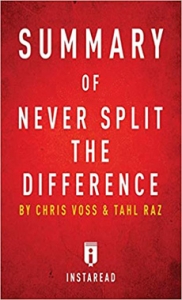The First Blog Post Shows the Palette
There’s an exercise artists can do to break through their equivalent of “writer’s block,” my friend Phil read in an urban sketching book about using watercolor. Deciding what to put on the first page of your sketchbook is the hardest, the author understood. A new artist might experience inhibitions about opening the paint wrappers. But if the first page is used to give the artist a better idea of what the colors will look like on paper, the rest will follow naturally.
Beginnings are hard in any field. The first day of class, for example, gets a lot of attention from pedagogues, because what happens on that day shows students what to expect from your instruction, Alicia Alexander and Elizabeth Natalle explain in a text on interpersonal communication.
A second friend, book writing coach Myra Levine, says that each author’s first question should be “whose eyes do we see through?” Point of View, Levine says, determines every word you write. In Levine’s webinar offers writing “prompts” to help writers envision the “palette”.
Business owners and professional practitioners launching their blog often experience the same feel of “opening the paint wrappers” or putting the first words to web page. At Say It For You, we explain that the opening post will set the tone for the ongoing blog series, letting readers know:
- They’ve come to the right place – this blog promises to be a good source for the type of information I want and need?
- They can tell the author/company/practice is likeable, resonating with their own belief system.
- They understand there’s a reason you’ve decided to use a blog as an ongoing communication tool.
Fear of flying is an anxiety disorder, and some of the elements of that fear have nothing to do with the actually risks associated with flight. In Fear of Blogging, David Meerman Scott says many business owners fear:
- looking silly
- not having important things to say
- lack of computer savvy
- blogging “won’t work” for their industry
Of course, from a business standpoint, fear of blogging can be a fearsome business mistake, since, in the time it’s taken you to read this far into my blog post, thousands and thousands of new blog posts have been introduced, some by your competitors!
So, go ahead – open up that new sketchbook. Peel the plastic off the paint tubes. Try writing the answer to this question:
If you had only 10 words to describe just how you ended up in – and why you’re
still in- your present industry or profession, what would those words be?
There’s your business blog “palette”!






Follow us online!